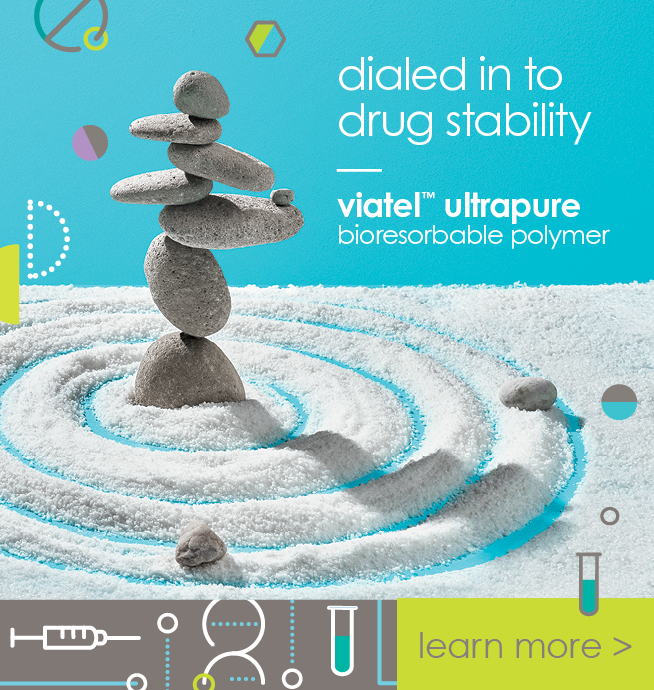life sciences innovations
solving for life
Ashland has long helped customers solve for the many needs of patients through the development of innovative platform solutions. Our products are designed for use in the pharmaceutical and medical industries, and our solvers have provided high-quality solutions designed to not only meet the needs of customers and patients, but also the environment.
Our pharmaceutical excipients:
- provide extensive benefits for consumers that help increase patient compliance
- help feed the global population of 9.8 B by 2050 sustainably through more efficient land use and less environmental impact
- are sustainably sourced where possible, helping to reduce our impact on the environment
Our innovations have earned Ashland a leadership position in the following areas:
oral solid dose (OSD)
- polyplasdone™ plus superdisintegrant
a “three-in-one” tablet excipient that combines disintegrant, glidant and lubricant functionality to improve efficiency and eliminate energy intensive manufacturing steps
- aquarius™ genesis film coating systems
new formulations for manufacturing challenges allow fast application and fast drying on the tablet at lower processing temperatures, helping to improve preparation time while reducing process time and temperature
injectable excipients
- viatel™ ultrapure controlled release bioresorbable polymers
designed to deliver improved stability for sensitive drug compounds and overall enhanced controlled release performance in long acting injectables and implants (LAII)
- benecel™ hydroxypropyl methylcellulose
pharmaceutical excipients are offered in custom, pre-blended molecular weights, helping customers avoid polymer blends that may result in unpredictable drug release variability for active pharmaceutical ingredients
sustainable platforms and continuous manufacturing
In addition to creating innovative products, we strive to build sustainable platforms through continuous manufacturing. In 2023 we expanded our continuous manufacturing platforms to include:
- plasdone™ S-630 ultra copovidone
- benecel™ DC HPMC
- polyplasdone™ plus superdisintegrant
- klucel™ fusion hpc
- aquarius™ genesis film coatings line extensions
The many benefits of continuous manufacturing include:
- cost savings
- improved cost efficiencies
- reduced manufacturing time
- improved product quality and reliability
platform innovations
New technology platforms aligned to our core help to extend Ashland’s products to secondary markets with new and differentiated capabilities to unlock growth. In 2024, we introduced our newest innovations for crop care and nutrition:
- easy-wet™ 300n wetting agent
an inherently biodegradable wetting agent that can control drift and magnify yield easy-wet ™ 300n is a unique solution for crop care that sets a new standard in crop care, offering superior wettability at lower concentrations, reduced spray drift, and enhanced coverage of active ingredients across leaf surfaces.
- benecel™ XRF hydroxypropyl methylcellulose
optimized for controlled-release matrix tablets, these products enable high-speed compaction to improve tablet strength and reduce waste through product loss
- benecel™ MX 100 methylcellulose
contains sustainably sourced cellulose developed to improve the texture of “alt-meat” applications
building new technologies for future drug delivery
Today, Ashland’s innovative solvers are building the drug delivery platforms of the future with bioresorbable polymers and degradable carriers for drug delivery applications.
Learn more about our innovations below and watch this space for future solutions.
products derived from the bioresorbable polymers platform:
other innovations
|
next-gen controlled release polymers
|
long acting injectables
|
|
|
|
Ashland pharmaceuticals - coatings
|
Ashland pharmaceuticals - continuous manufacturing |
||
|
Ashland pharmaceuticals - controlled release
|
innovations platforms overview video


related industries
related innovation platforms
related products




